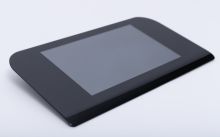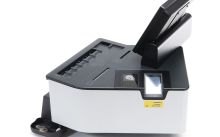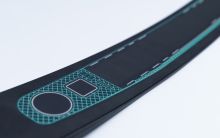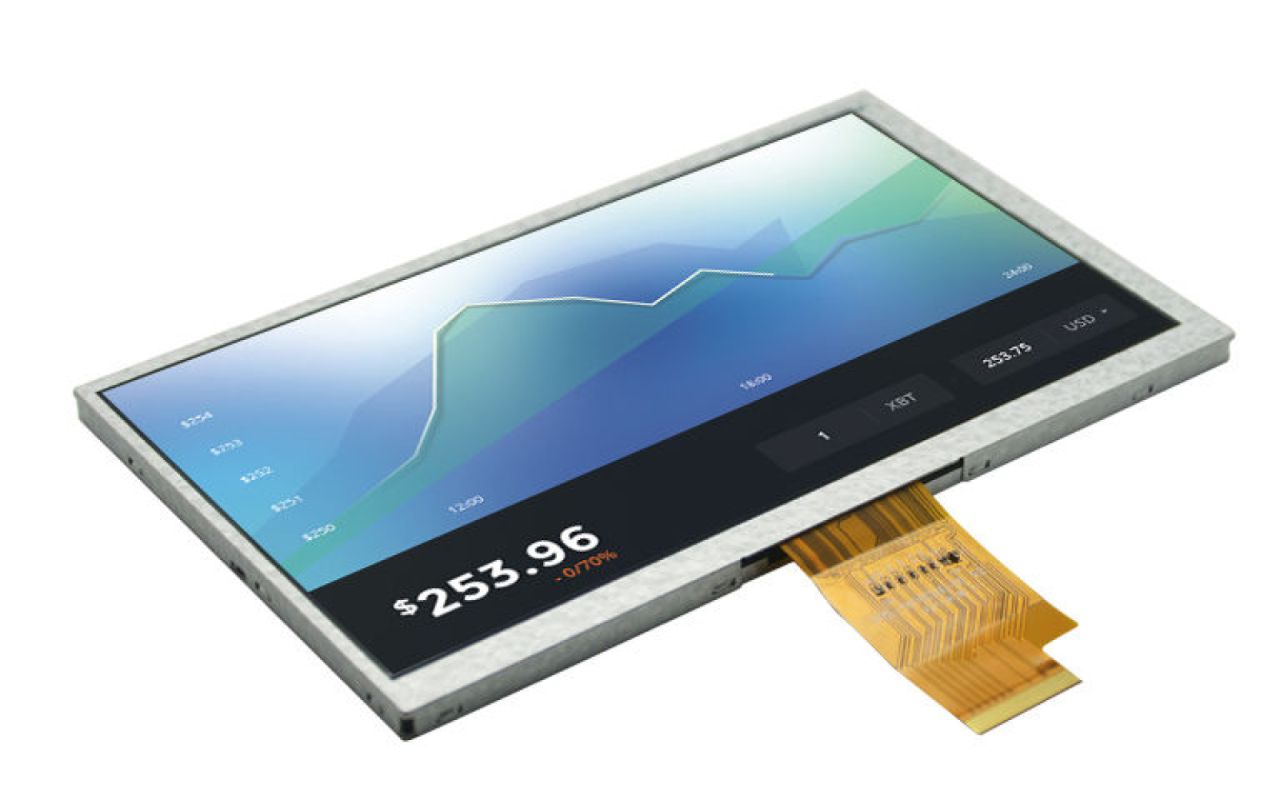Glass surfaces (technical glasses)
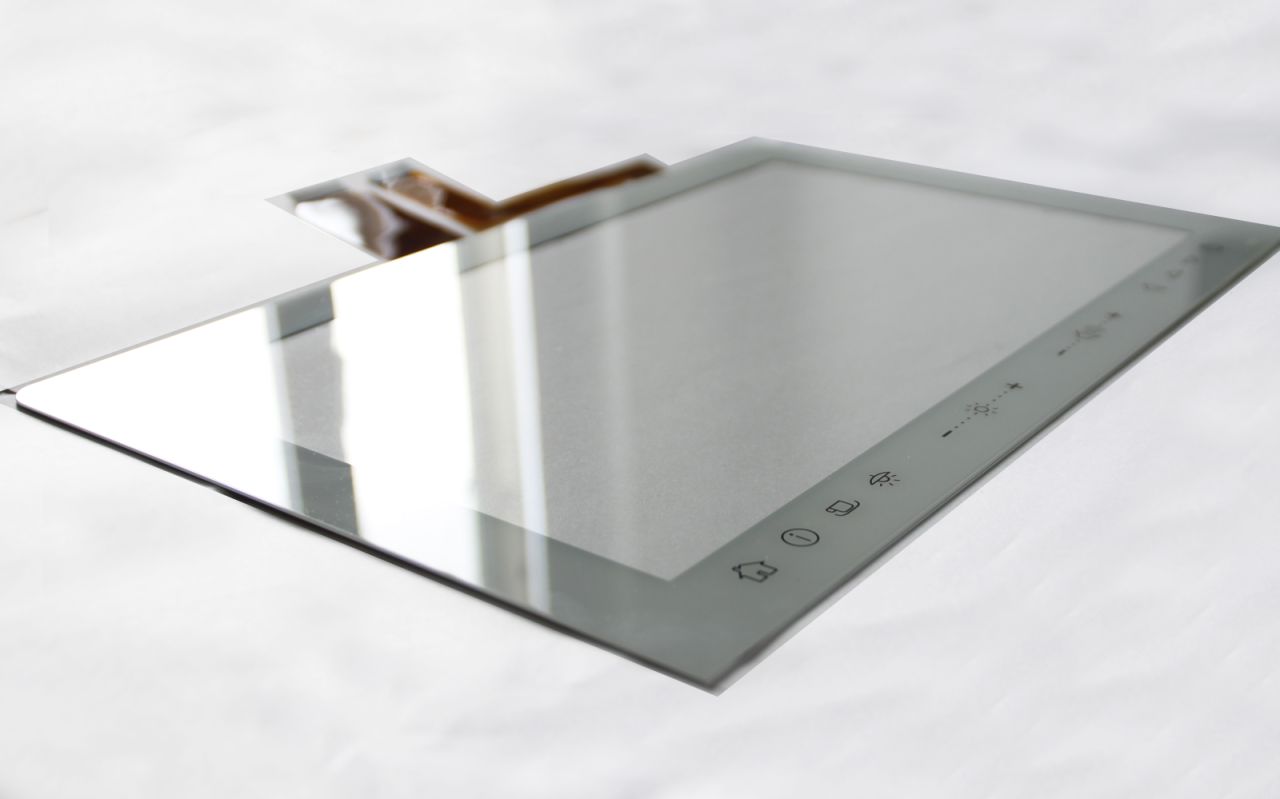
MICHEL ITC develops and produces innovative glass surfaces, on request also customised and starting from small quantities. You also benefit from a wide range of high-quality finishing options with which an HMI solution can be perfectly designed to suit its purpose and location.
Advantages of glass surfaces
- Raw material available in all thicknesses and dimensions
- Various designs available for almost all requirements
- Treated glass: anti-reflective AG, anti-reflective AR, anti-fingerprint AF, physically or chemically tempered
- Printed glass: can be printed on the back in customer design, with screen printing, ceramic printing especially for outdoor applications
- Precise glass processing in the hundredths of a millimetre range (grinding, milling, cutting) possible
- Various bonding technologies/optical bonding in combination with displays and capacitive touch units (OCA, gel, liquid bonding)
- Simple assembly using frame bonding (3M, Scotch)
- Stable and scratch-resistant
- Easy to clean (resistant to cleaning detergents)
- Closed surface
- Can be easily combined (with membrane keypads, touch solutions, etc.)
- Part of the HMI solution
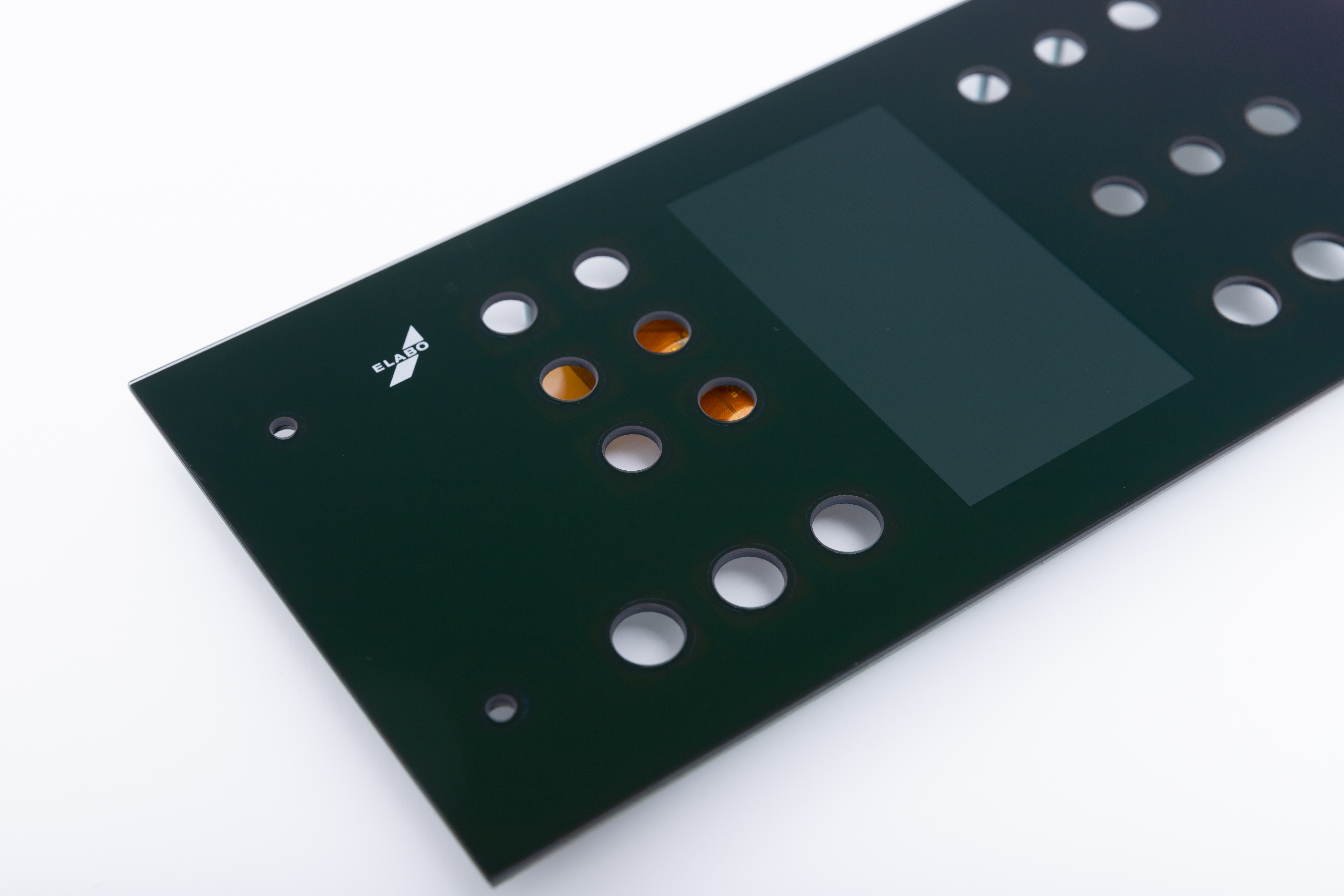
Find out more about the various design options for our glass surfaces:
1. thickness of the glass
Normal thickness: 3mm, 4mm, 5mm, 6mm, 8mm, 10mm, 12mm
Thickness of thinner glass: 0.33mm, 0.7mm, 1.0mm, 1.2mm, 1.5mm, 1.8mm, 2.0mm, 2.5mm
2. tempering of glass
There are two main methods of strengthening glass: physical and chemical tempering.
In the physical process, the glass, which is at least 3mm thick, is heated to around 700 degrees Celsius in special ovens and then rapidly cooled. This rapid temperature change modifies the stress conditions in the glass and makes it more resistant.
In the chemical method, which is mainly used for thinner glass under 3 mm, the tension on the surface of the glass is increased by ion exchange. This removes certain chemical elements from the glass surface, which also makes the glass harder.
3. surface treatment of glass
AG anti-glare treatment
With anti-glare (AG) treatment, the surface of the glass is chemically roughened and transforms the originally reflective surface into a matt, non-reflective surface. This minimises unwanted reflections and reduces light reflection from 8 % to less than 1 %. Visual clarity and the viewing experience are significantly improved. This (cost-effective) anti-reflective method is an interesting option for indoor display products where there is less sunlight.
AR anti-refletive treatment
AR glass is treated with an optical coating applied to one or both sides to increase light transmission and brightness while reducing surface glare. This coating increases contrast sharpness, reduces light reflection to below 1% and helps to reduce ghosting and multiple reflections. AR coatings, which can be multi-layered, reduce reflectivity from 4 % to 0.5 %. They are ideal for outdoor products where optical clarity is required.
AF anti-fingerprint treatment
The anti-fingerprint coating, inspired by the natural repellent properties of lotus leaves, is a nanochemical layer on the glass surface that makes the glass extremely repellent to water, oils and fingerprints. This coating, which is applied to the front of the glass, not only ensures a clean and clear view, but also makes cleaning and maintenance easier. By significantly reducing fingerprints and spots, this technology provides users with a consistently clean glass surface, improves the visual experience and increases the overall aesthetic value of your glass products.

Possible combinations
Anti-glare + anti-fingerprint
Anti-reflective + anti-fingerprint
Anti-glare + anti-reflective + anti-fingerprint
Areas of application
- Machine industry
- Medical / laboratory
- Measurement & control technology
- Building technology
